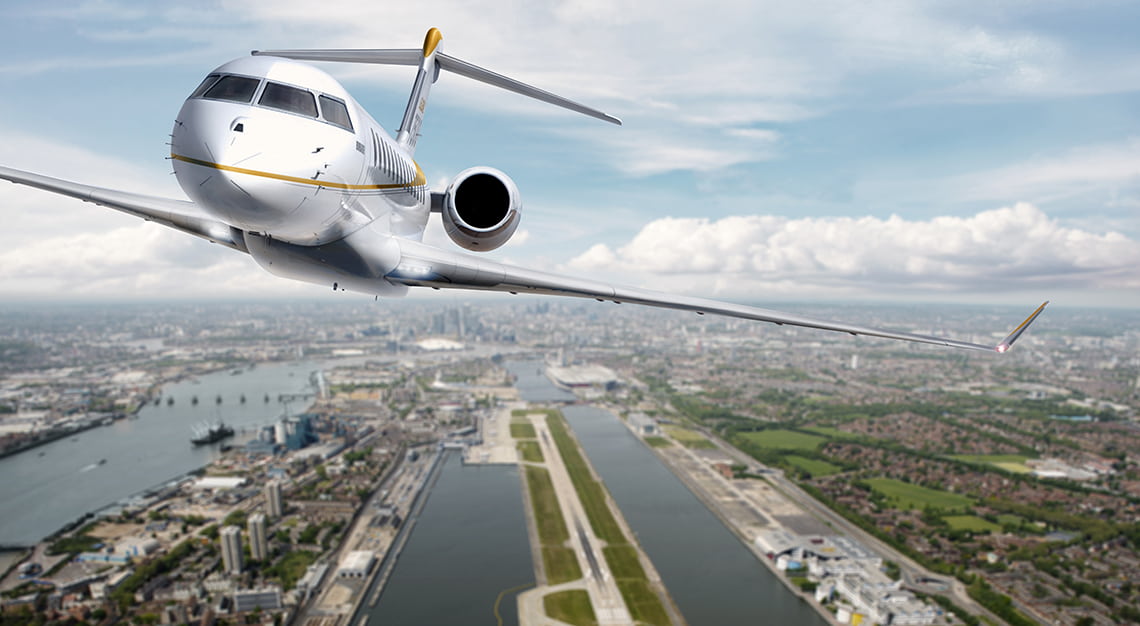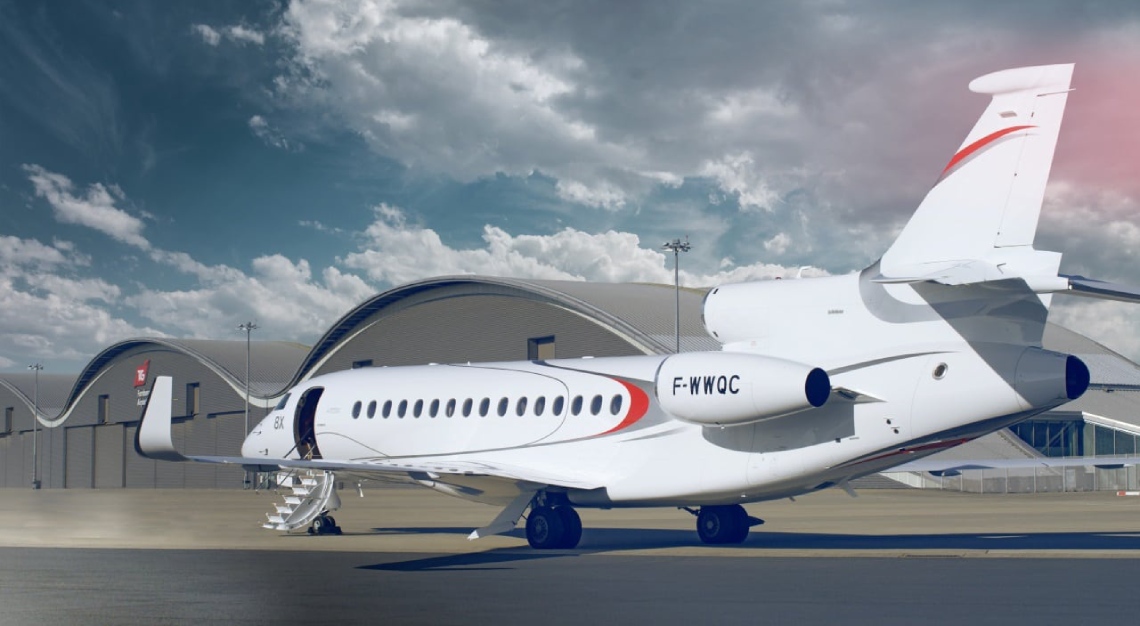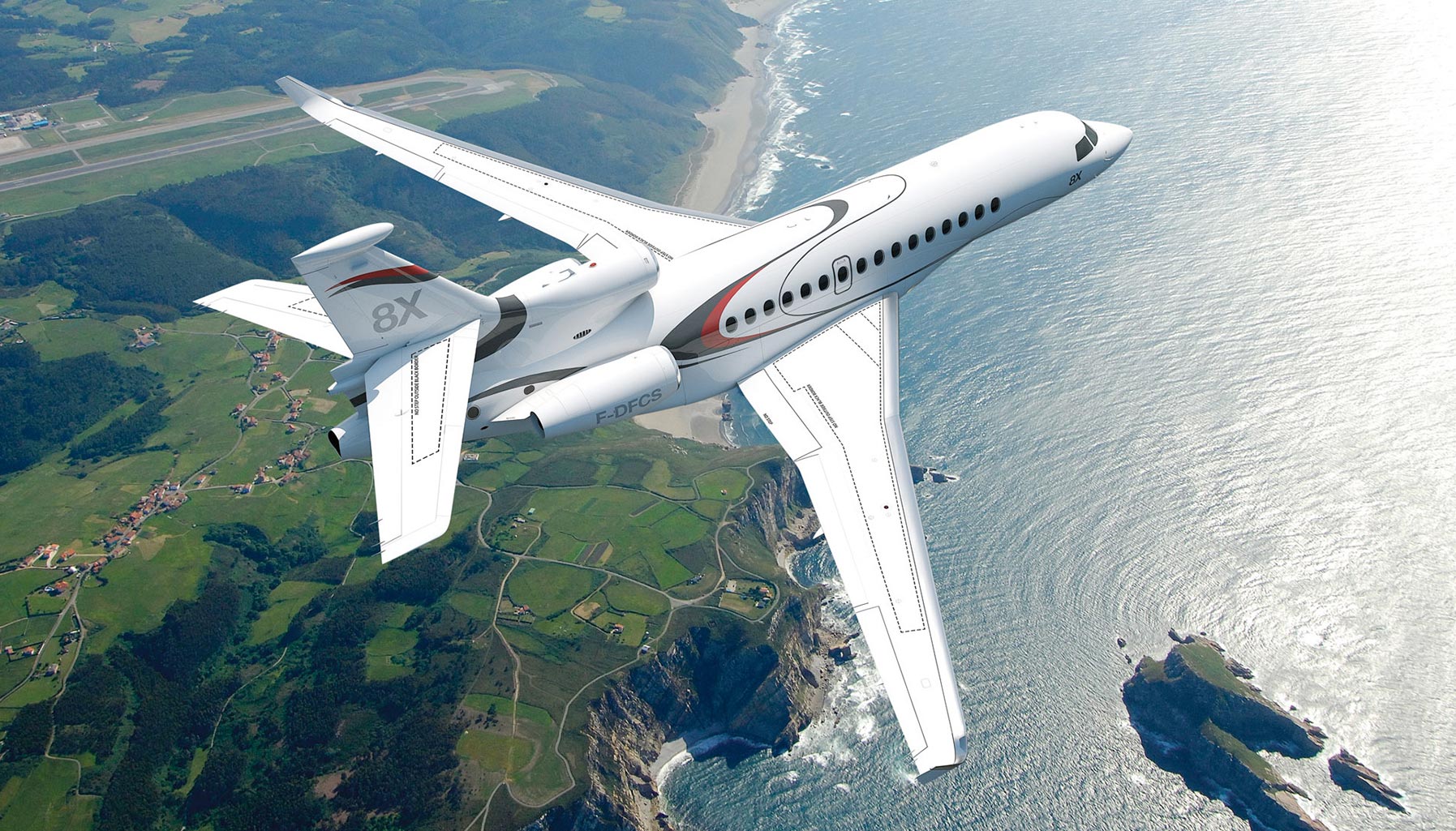The Answers With… Philippe Duchateau, on debunking common myths about test pilots, what kickstarted his aviation career, and how working at Dassault is the ultimate dream job
In this world, there are interesting jobs, and then there are interesting jobs. Being chief test pilot at French aerospace company Dassault for 18 years, testing aircrafts that have never been flown and pushing them to the limit, surely falls under the latter. Duchateau divides his working hours between flying up to three times weekly, running tests on a rig or in the sim, and not unlike us—in briefings, debriefings and meetings.
Besides helming a project right from its initial phases, flying other aircrafts in the fleet on demonstration tours, Duchateau is also required in the recruiting and managing of his team. Recently working on the test programme of large-cabin vessel Falcon 6X, the chief test pilot is as much involved in the entire process from development phase to ground simulations and real flight tests.
Does the danger factor of what you do pose as a thrill, a motivation for pilot safety, or a fear, especially in the early days?
It is a thrill, a motivation and a fear. But most importantly, there is satisfaction—and confidence—in the teamwork required to identify mitigation factors that should allay any danger. This means a step-by-step approach (“don’t go to fast too early”), and long discussions with fellow test pilots and flight-test engineers. Let us take an example: you have to shut down one engine on a two engine aircraft. The mitigation factors will be: one, stay in the cone from which, if you also lose the “good” engine, you can still land the aircraft with no power; two, choose a day where ceiling and visibility is compatible with a forced landing so weather is not going to be a factor; three, simplify the interactions with ATC by giving them a full pre-brief of what you are trying to achieve. Mitigating the risks is really what is involved in today’s flight tests. Those risks still exist, even if they are not at the same level as they used to be in the past. And more often than not, they will lie where you don’t expect them!
What are some common misconceptions you’ve encountered?
“Those guys are hotheads addicted to adrenaline.” Wrong. Yes we love to fly and we love the challenge of bringing a new aircraft or a new system to the skies. but we are not hotheads. On the contrary, we have to keep our impulses in check, we have be able to listen to other people, especially our flight test engineers, and we have to be able to understand, analyse and describe what we feel and observe in flight. No point in being the best stick in town if you cannot explain why and how. Also, “those guys have so much experience that they cannot relate to the average pilot.” Wrong. Our job is precisely to find out whether or not a pilot with minimum experience can safely manage the aircraft in all circumstances. Those low time or average pilots are our reference. The system have to be intuitive and “easy” enough for them to feel at home on the flight deck and fly with confidence!
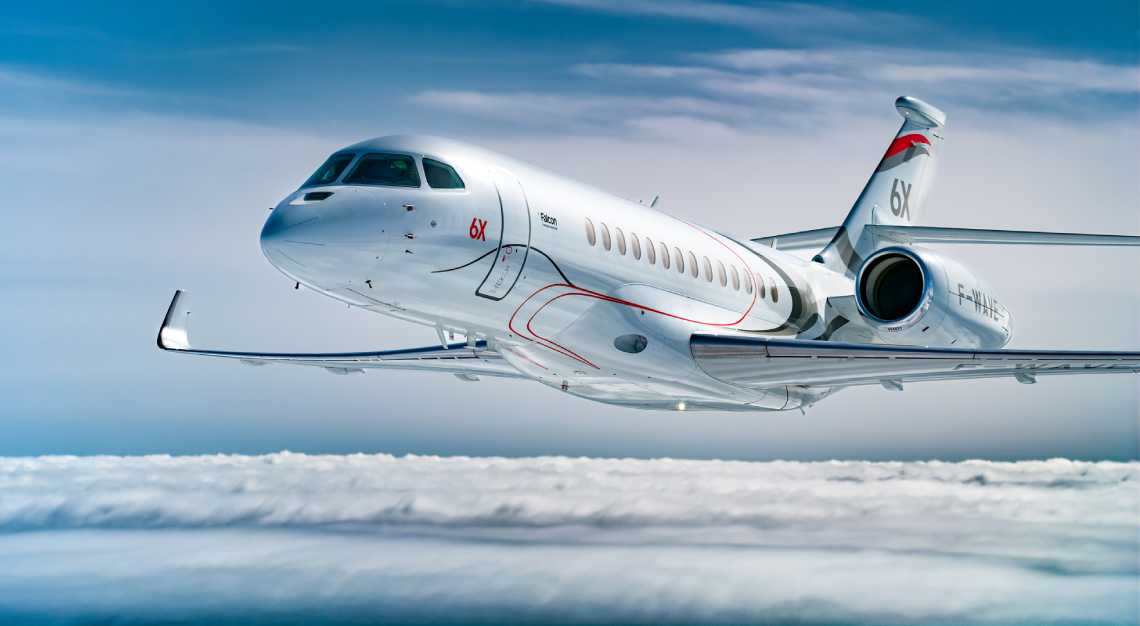
Having spent nearly two decades at Dassault, are there any memorable incidents, especially for the Falcon 6X?
Nothing like a memorable incident on the Falcon 6X, which was safe and predictable right from the beginning. I do have a frightening memory though, it was more than 10 years ago in a hot country. I had to fly a demo in the back seat of a military combat aircraft, while a local colonel in the front seat just wanted to impress me. He flew so low that I was just about to take back controls, which is, diplomatically speaking, always a bad move, especially when you want to demonstrate that you have the best aircraft in the world! This balance between safety and effectiveness is always very hard to find.
Did you mostly spend your career in this industry? Was there a specific moment that made you want to embark on this journey?
I spent 19 incredible years as a fighter pilot with the French Air and Space Force, starting as a youngster on the venerable Mirage III (same vintage as the F104) and then converting on the Mirage 2000 and the Rafale. As a Dassault Aviation test pilot, since we do both military and civilian aircraft, it is a requirement that we have a military background. I joined Dassault in 2005 and it has been a dream job! A pilot’s dream, of course!
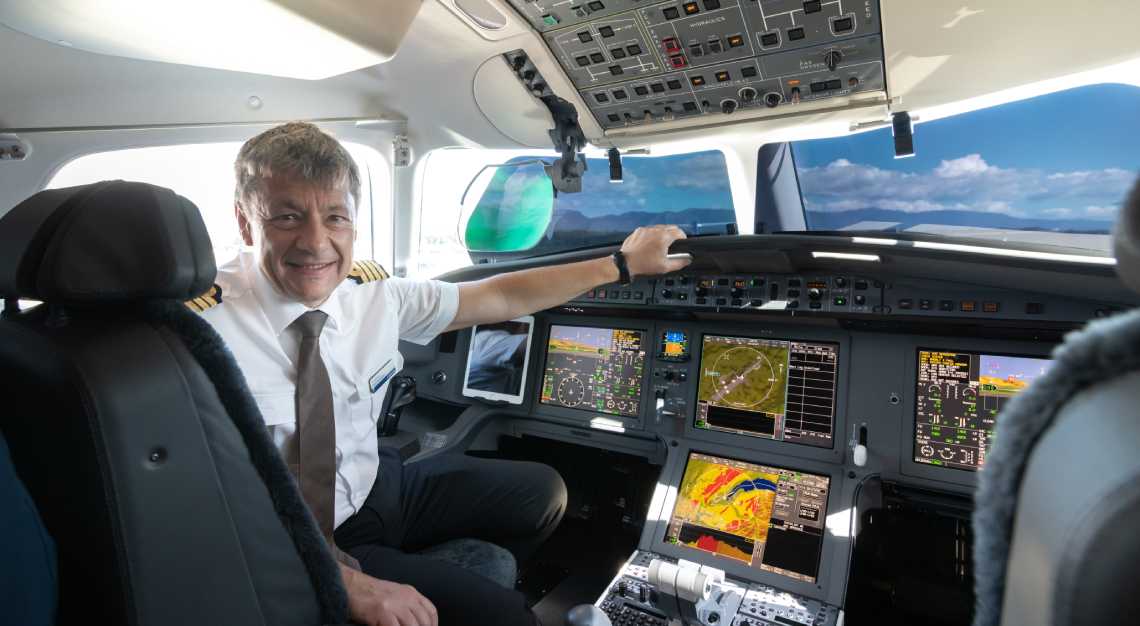
What characteristics make for a good test pilot?
There are many. Firstly, humility; the ability to accept one’s own mistakes, and improve by accepting and addressing them. Secondly, the ability to listen to others, to work in a team, and to communicate. Lastly, curiosity; the desire to know and the willingness to never give up on a technical problem until it is fully understood… And of course, you should have a good sense of humor; it makes everything go better.
Finally, what do you do for fun outside work?
Oh well, I fly a 1943 Boeing Stearman! Please don’t think I’m the “obsessed by his job” kind of person! I also like photography, scuba diving, reading books, going for a hike with my wife and four girls. Sharing a beer—or two—with my friends is also at the top of the list. The only real snag is that we just have 24 hours in a day!

